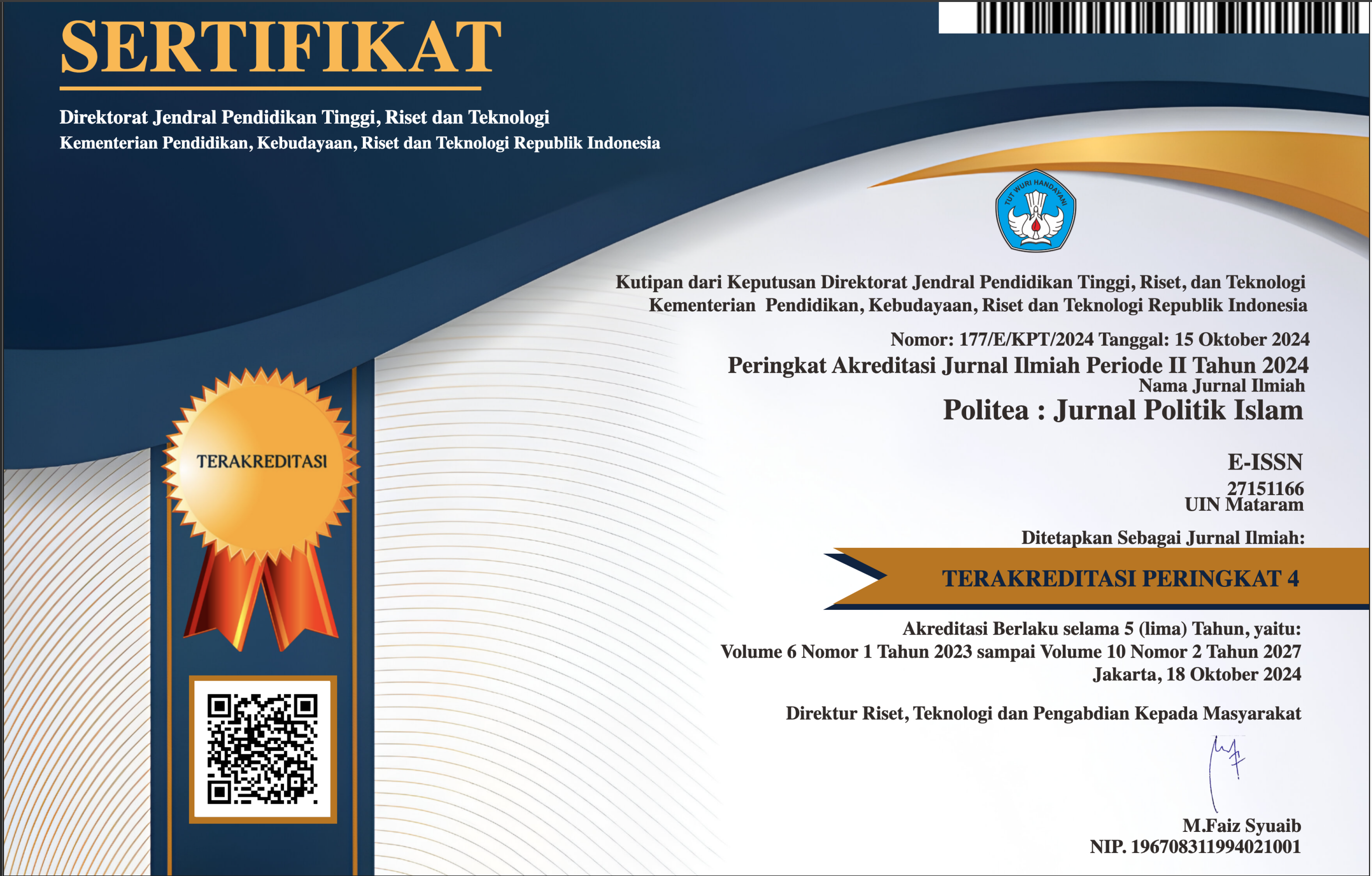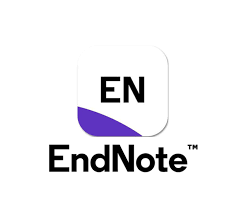THE INFLUENCE OF SOURCE CREDIBILITY AND ARGUMENT QUALITY OF 'JOVI ADHIGUNA' ON PURCHASE INTENTION OF LUXURY BAGS ON HERMESIEN CLOSET’S INSTAGRAM ACCOUNT THROUGH INFORMATION
DOI:
https://doi.org/10.20414/politea.v8i2.14130Keywords:
Source Credibility, Argument Quality, Purchase Intention, Instagram Marketing, Fashion Influencer.Abstract
This study investigates the influence of source credibility and argument quality of fashion influencer Jovi Adhiguna on consumers' purchase intention of luxury bags via Hermesien Closet’s Instagram account, mediated by perceived information usefulness. Applying the Elaboration Likelihood Model (ELM), the study surveyed 100 Instagram users fitting Hermesien Closet’s target audience using a structured questionnaire. Data analysis was performed using Partial Least Squares (PLS) path modeling. Findings reveal that both source credibility and argument quality positively influence purchase intention, with information usefulness playing a significant mediating role. Practical implications suggest the importance of selecting credible influencers and crafting strong message arguments in digital marketing strategies targeting luxury consumers
Downloads
References
Aaker, D. A., & Myers, J. G. (1987). Advertising management. Prentice Hall.
Barbarisque, M. (2024). Impact of Social Media Influencer’s Characteristics on Consumer Purchase Intention and Behavior in French Luxury Fashion Brands.
Booth, N., & Matic, J. A. (2011). Mapping and leveraging influencers in social media to shape corporate brand perceptions. Corporate Communications: An International Journal, 16(3), 184-191.
Chaiken, S. (1980). Heuristic versus systematic information processing and the use of source versus message cues in persuasion. Journal of Personality and Social Psychology, 39(5), 752-766.
Cheung, C. M., & Thadani, D. R. (2012). The impact of electronic word-of-mouth communication: A literature analysis and integrative model. Decision support systems, 54(1), 461-470.
Cheung, C. M., & Thadani, D. R. (2012). The impact of electronic word-of-mouth communication: A literature analysis and integrative model. Decision Support Systems, 54(1), 461–470.
Curry, L. A., Nembhard, I. M., & Bradley, E. H. (2009). Qualitative and mixed methods provide unique contributions to outcomes research. Circulation, 119(10), 1442-1452.
Djafarova, E., & Rushworth, C. (2017). Exploring the credibility of online celebrities' Instagram profiles in influencing the purchase decisions of young female users. Computers in Human Behavior, 68, 1-7.
Dodds, W. B., Monroe, K. B., & Grewal, D. (1991). Effects of price, brand, and store information on buyers’ product evaluations. Journal of Marketing Research, 28(3), 307–319.
Eagly, A. H., & Chaiken, S. (1993). The psychology of attitudes. Harcourt Brace Jovanovich College Publishers.
Filieri, R. (2018). Consumer perceptions of information helpfulness and determinants of purchase intention in online consumer reviews of services. Information & Management, 55(8), 956-970.
Hovland, C. I., Janis, I. L., & Kelley, H. H. (1953). Communication and persuasion; psychological studies of opinion change. Yale University Press.
Ismagilova, E., Slade, E., Rana, N. P., & Dwivedi, Y. K. (2019). The effect of electronic word of mouth communications on intention to buy: A meta-analysis. Information Systems Frontiers, 22(5), 1203–1226.
Kim, M. J., Chung, N., Lee, C. K., & Preis, M. W. (2016). Dual-route of persuasive communications in mobile tourism shopping. Telematics and Informatics, 33(2), 293-308.
Lou, C. (2018). Social media influencers and strategic communication: How brands strategically collaborate with influencers. International Journal of Strategic Communication, 12(4), 325-343.
Mishra, A. S., & Satish, N. (2016). The influence of source credibility, argument quality and self-construal on consumers' response to blog recommendations. Journal of Research in Interactive Marketing, 10(4), 338-355.
Mishra, A., & Satish, S. M. (2016). eWOM: Extant research review and future research avenues. Vikalpa, 41(3), 222-233.
Ohanian, R. (1990). Construction and validation of a scale to measure celebrity endorsers' perceived expertise, trustworthiness, and attractiveness. Journal of advertising, 19(3), 39-52.
Ohanian, R. (1990). Construction and validation of a scale to measure celebrity endorsers’ perceived expertise, trustworthiness, and attractiveness. Journal of Advertising, 19(3), 39–52.
Pangarkar, A., & Shukla, P. (2023). Conspicuous and inconspicuous consumption of luxury goods in a digital world: insights, implications, and future research directions. International Journal of Advertising, 42(7), 1226-1238.
Park, D. H., Lee, J., & Han, I. (2007). The effect of on-line consumer reviews on consumer purchasing intention: The moderating role of involvement. International Journal of Electronic Commerce, 11(4), 125-148.
Petty, R. E., & Cacioppo, J. T. (1986). Message elaboration versus peripheral cues. In Communication and persuasion: Central and peripheral routes to attitude change (pp. 141-172). New York, NY: Springer New York.
Radhaswati, I. D. A. A., & Santosa, M. H. (2022). Teachers’ perceptions: The use of Google Form as a media to assess primary school students. EDUTEC: Journal of Education And Technology, 5(4), 910-924.
Rahayu, I. E. (2020). An Audience Studies Toward Androgyny Celebgram On@ Joviadiguna Instagram Account (Doctoral dissertation, UNIVERSITAS AIRLANGGA).
Sussman, S. W., & Siegal, W. S. (2003). Informational influence in organizations: An integrated approach to knowledge adoption. Information Systems Research, 14(1), 47-65.
Talitha, S. J., & Satiti, N. L. U. (2020). Reception Analysis of Androgyny According to College Student (Doctoral dissertation, Universitas Muhammadiyah Surakarta).
Till, B. D., & Busler, M. (2000). The match-up hypothesis: Physical attractiveness, expertise, and the role of fit on brand attitude, purchase intent and brand beliefs. Journal of Advertising, 29(3), 1-13.
Veissi, A. (2017). Social media influencers in strategic communication. International Journal of Strategic Communication, 11(3), 220-239.
Vrontis, D., Makrides, A., Christofi, M., & Thrassou, A. (2021). Social media influencer marketing: A systematic review, integrative framework and future research agenda. International Journal of Consumer Studies, 45(4), 617-644.
Xu, P., & Warkentin, M. (2020). The effects of psychological ownership and parasocial interaction on social media influencers' impact on purchase intentions. Journal of Electronic Commerce Research, 21(1), 1-21.
Zacheo, A., Caratù, M., & Mainolfi, G. (2024). The Paths of Heritage Luxury Brands in the Digital Age: Italian Case Studies from the Fashion Industry. Micro & Macro Marketing, 1-26.
Zhang, Z., Ye, Q., Law, R., & Li, Y. (2010). The impact of e-word-of-mouth on the online popularity of restaurants: A comparison of consumer reviews and editor reviews. International Journal of Hospitality Management, 29(4), 694-700.
Downloads
Published
Issue
Section
License
Copyright (c) 2025 ROOT ROSSINTA SCHUMANN, BAMBANG DWI PRASETYO, ANANDA SABIL HUSSEIN

This work is licensed under a Creative Commons Attribution-ShareAlike 4.0 International License.
















